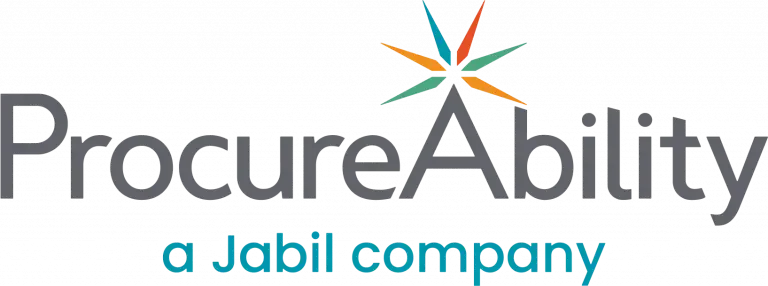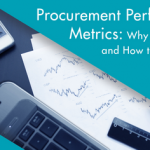
“He who has learned to disagree without being disagreeable has discovered the most valuable secret of negotiation.” Chris Voss
As costs continue to rise and market competition intensifies, companies are constantly looking for creative ways to preserve margins. By relying heavily on data and advanced analytics, they’re able to identify patterns in consumer behavior, market trends and in the competitive landscape.
However, there’s one concept that has stood the test of time: To “sell well,” you need to “buy well.”… And to “buy well,” you must harness the power of negotiation.
When it comes to negotiating, joined gains are possible when both sides give up something that is relatively unimportant to them, and in return, get something that is desired.
Here are eight steps you should consider for a successful supplier negotiation:
- Get the facts right. Gather data from multiple sources and verify its accuracy.
- Design a process. Clearly define roles, levers, and desired outcomes. It is important to eliminate ‘hidden’ agendas from negotiations.
- Plan extensively. There is no substitute for planning. Simulate questions and conversations that might occur during the negotiation process. Whichever party goes into a negotiation better prepared, will have the upper hand and usually comes out ahead.
- Know the other party’s position. Not only should you understand why you’re negotiating, but you must understand why your counterpart is negotiating. Negotiate in their world and create a path to your objective. Try to convince them that the outcome is their own idea.
- Collaborate. Consider win-win negotiations with a few select suppliers who allow you to leverage economies of scale. Treat them as partners, not an adversaries.
- Rank and prioritize your objectives. Remember to negotiate beyond unit price alone. Quality, performance, payment terms, and contract durations are all value levers.
- Don’t be afraid to walk away. Negotiations aren’t always successful. Preparing a contingency plan strengthens your position in the negotiation and helps you to avoid making an agreement that should be rejected. Familiarize yourself with BATNA (Best alternative to a negotiated agreement).
- Study the past. Negotiations are a continuous effort. It is likely that you will be dealing with suppliers over a long period of time. As such, establish a framework to objectively evaluate your performance in previous engagements and leverage “lessons learned” to conduct more efficient and productive negotiations in the future.
Negotiating with suppliers doesn’t have to be difficult, but it does pay to have a plan before you approach them. By using the tips above, you’ll be well armed for your next supplier negotiation.
Subscribe to ProcureAbility Insights to access whitepapers, presentations, plus our latest thought leadership.



